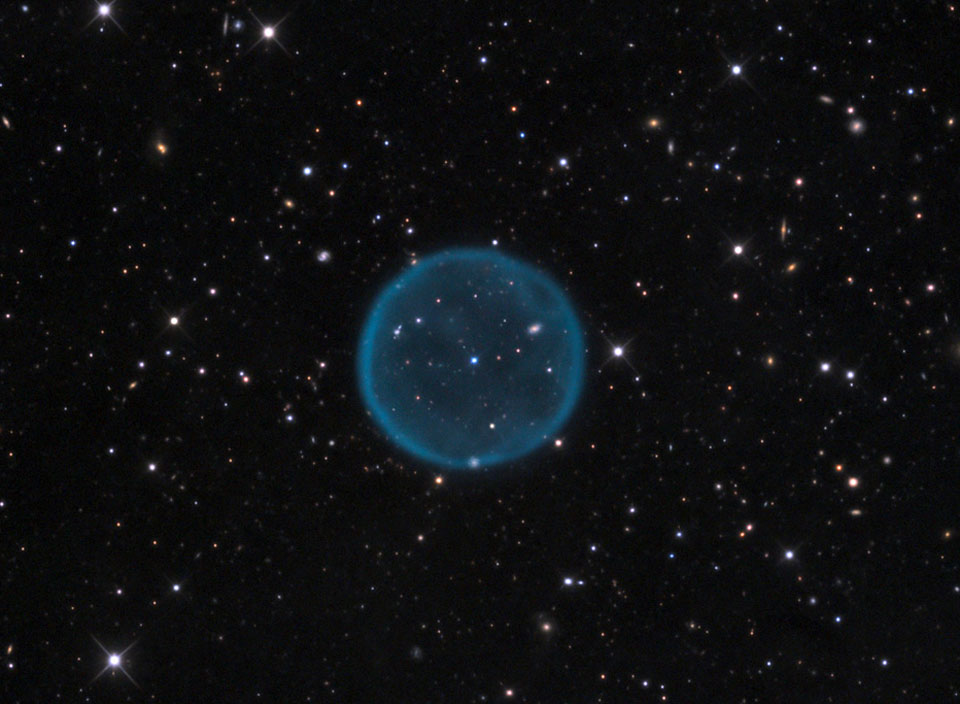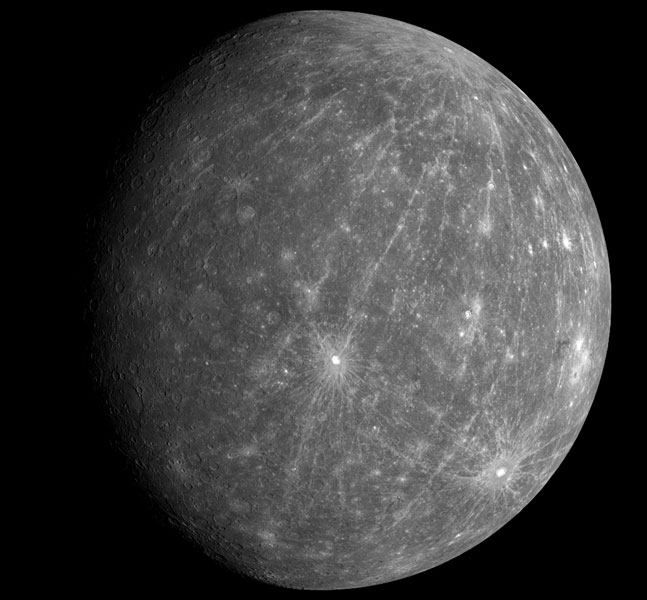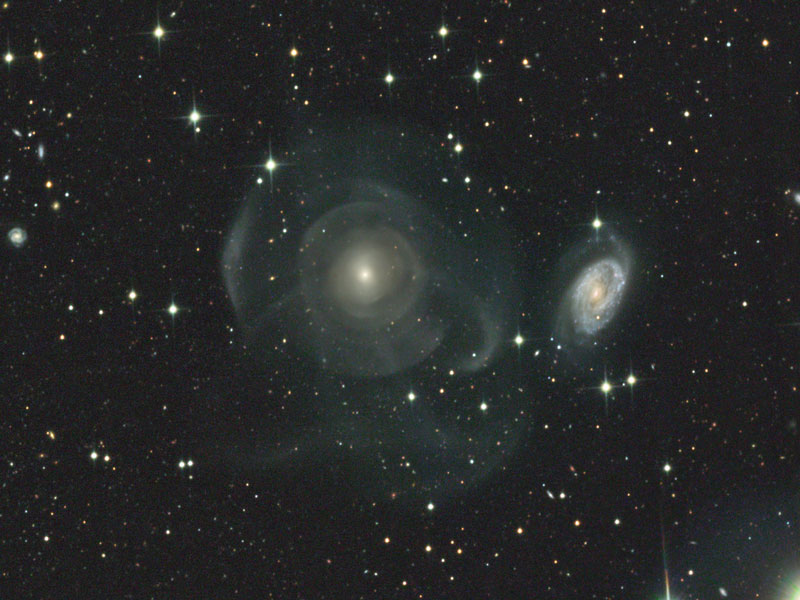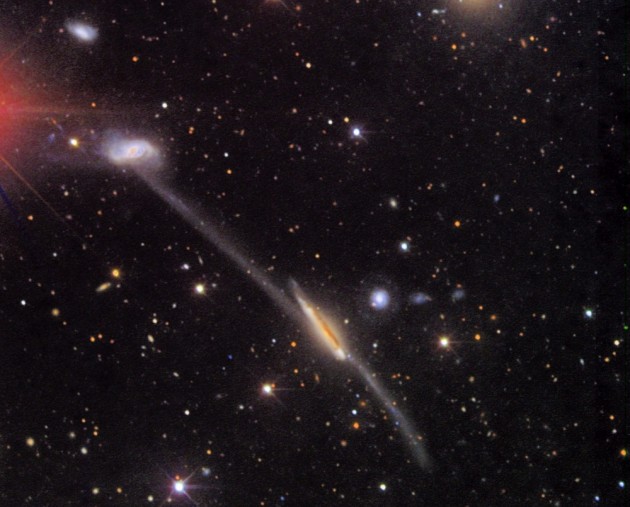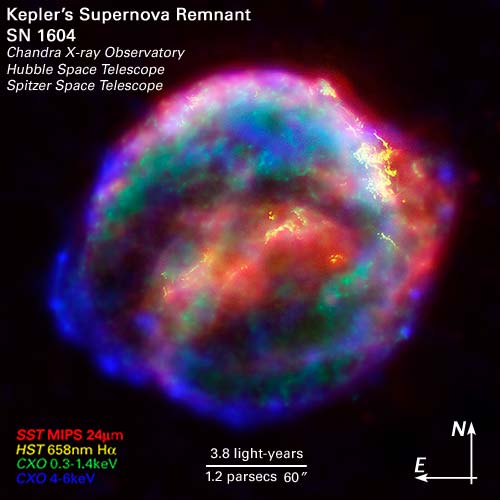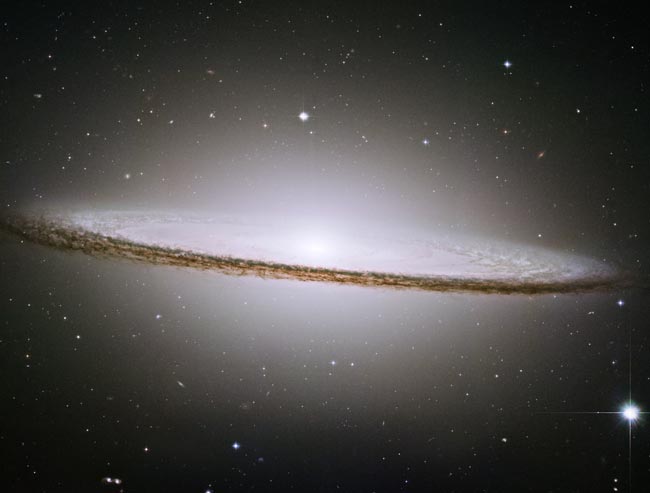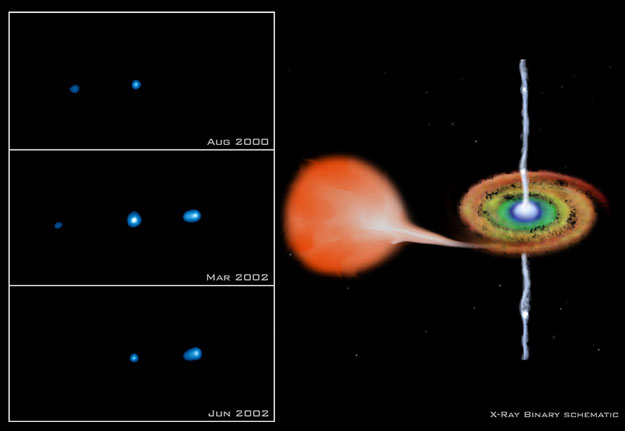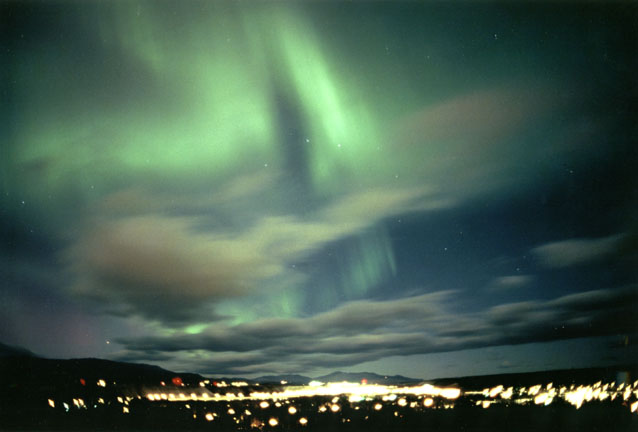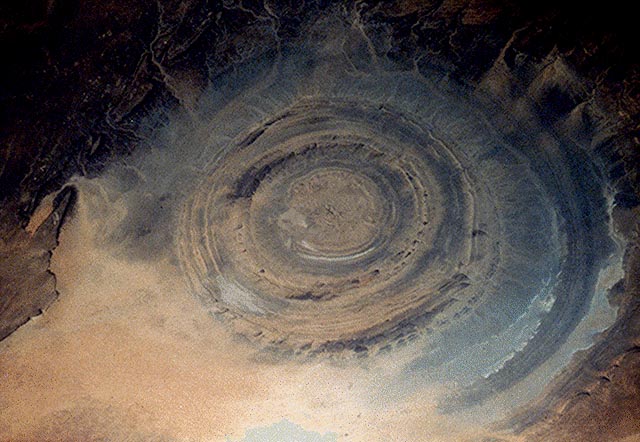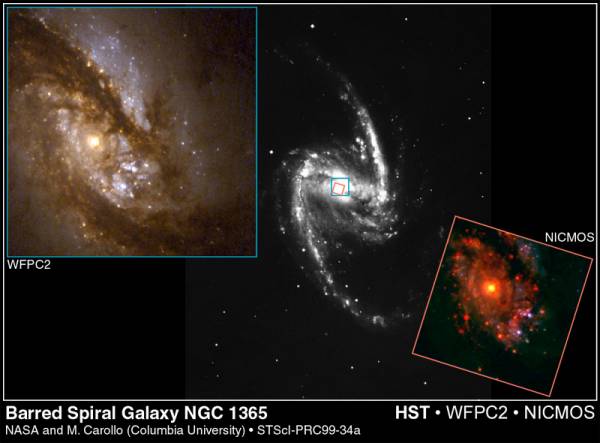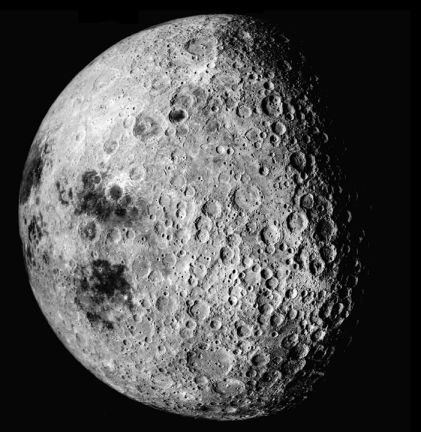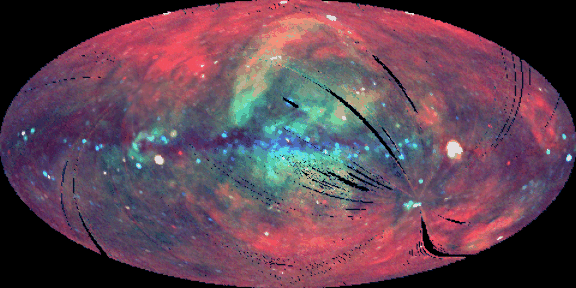| << Previous | Index | Next >> |
2014 Star cluster NGC 6823 is slowly turning gas clouds into stars. The center of the open cluster, visible on the upper right, formed only about two million years ago and is dominated in brightness by a host of bright young blue stars. Some outer parts of the cluster, visible in the featured image's center as the stars and pillars of emission nebula NGC 6820, contain even younger stars. The huge pillars of gas and dust likely get their elongated shape by erosion from hot radiation emitted from the brightest cluster stars. Striking dark globules of gas and dust are also visible across the upper left of the featured image. Open star cluster NGC 6823 spans about 50 light years and lies about 6000 light years away toward the constellation of the Fox (Vulpecula).
2013 To the eye, this cosmic composition nicely balances the Bubble Nebula at the lower left with open star cluster M52 above it and to the right. The pair would be lopsided on other scales, though. Embedded in a complex of interstellar dust and gas and blown by the winds from a single, massive O-type star, the Bubble Nebula, also known as NGC 7635, is a mere 10 light-years wide. On the other hand, M52 is a rich open cluster of around a thousand stars. The cluster is about 25 light-years across. Seen toward the northern boundary of Cassiopeia, distance estimates for the Bubble Nebula and associated cloud complex are around 11,000 light-years, while star cluster M52 lies nearly 5,000 light-years away. The wide telescopic field of view spans about two degrees on the sky or four times the apparent size of the Full Moon.
2012 Ghostly in appearance, Abell 39 is a remarkably simple, spherical nebula about five light-years across. Well within our own Milky Way galaxy, the cosmic sphere is roughly 7,000 light-years distant toward the constellation Hercules. Abell 39 is a planetary nebula, formed as a once sun-like star's outer atmosphere was expelled over a period of thousands of years. Still visible, the nebula's central star is evolving into a hot white dwarf. Although faint, the nebula's simple geometry has proven to be a boon to astronomers exploring the chemical abundances and life cycles of stars. In this deep image recorded under dark night skies, very distant background galaxies can be found -- some visible right through the nebula itself.
2011 One solar day on a planet is the length of time from noon to noon. A solar day lasts 24 hours on planet Earth. On Mercury a solar day is about 176 Earth days long. And during its first Mercury solar day in orbit the MESSENGER spacecraft has imaged nearly the entire surface of the innermost planet to generate a global monochrome map at 250 meters per pixel resolution and a 1 kilometer per pixel resolution color map. Examples of the maps, mosaics constructed from thousands of images made under uniform lighting conditions, are shown (monochrome at left), both centered along the planet's 75 degrees East longitude meridian. The MESSENGER spacecraft's second Mercury solar day will likely include more high resolution targeted observations of the planet's surface features. (Editor's note: Due to Mercury's 3:2 spin-orbit resonance, a Mercury solar day is 2 Mercury years long.)
2010 In late September, two planets were opposite the Sun in Earth's sky, Jupiter and Uranus. Consequently closest to Earth, at a distance of only 33 light-minutes and 2.65 light-hours respectively, both were good targets for telescopic observers. Recorded on September 27, this well-planned composite of consecutive multiple exposures captured both gas giants in their remarkable celestial line-up accompanied by their brighter moons. The faint greenish disk of distant planet Uranus is near the upper left corner. Of the tilted planet's 5 larger moons, two can be spotted just above and left of the planet's disk. Both discovered by 18th century British astronomer Sir William Herschel and later named for characters in Shakespeare's A Midsummer Night's Dream, Oberon is farthest left, with Titania closer in. At the right side of the frame is ruling gas giant Jupiter, flanked along a line by all four of its Galilean satellites. Farthest from Jupiter is Callisto, with Europa and Io all left of the planet's disk, while Ganymede stands alone at the right.
2009 About 100 kilometers from the Moon's South Pole, 100 kilometer wide crater Cabeus is the target for two LCROSS mission spacecraft on course to impact the Moon tomorrow. The shadowed crater is strongly foreshortened in this mosaic, a representative view of the region for earthbound telescopes. The impacts are intended to create billowing debris plumes extending into the sunlight above the crater walls, that could reveal signs of water. First to impact will be the mission's Centaur upper stage rocket at 11:30 UT (7:30am EDT). The instrumented LCROSS mothership will image the impact and then fly through the resulting debris plume analyzing the material blasted from the crater floor. Four minutes after the first impact, the LCROSS mothership itself will crash into Cabeus. The plumes are expected to be visible in telescopes about 10 inches in diameter or larger, with the timing favoring Moon watchers in western North America and the Pacific. NASA also plans to broadcast live footage from the LCROSS mission on NASA TV starting at 6:15am EDT / 3:15am PDT on October 9.
2008 The planet Mercury has been known since history has been recorded, but parts of the Solar System's innermost planet have never been seen like this before. Two days ago the robotic MESSENGER spacecraft buzzed past Mercury for the second time and imaged terrain mapped previously only by comparatively crude radar. The above image was recorded as MESSENGER looked back 90 minutes after passing, from an altitude of about 27,000 kilometers. Visible in the above image, among many other newly imaged features, are unusually long rays that appear to run like meridians of longitude out from a young crater near the northern limb. MESSENGER is scheduled to fly past Mercury once more before firing its thrusters to enter orbit in 2011.
2007 What's happening to galaxy NGC 474? The multiple layers of emission appear strangely complex and unexpected given the relatively featureless appearance of the elliptical galaxy in less deep images. The cause of the shells is currently unknown, but possibly tidal tails related to debris left over from absorbing numerous small galaxies in the past billion years. Alternatively the shells may be like ripples in a pond, where the ongoing collision with the spiral galaxy to the right of NGC 474 is causing density waves to ripple though the galactic giant. Regardless of the actual cause, the above image dramatically highlights the increasing consensus that the outer halos of most large galaxies are not really smooth but have complexities induced by frequent interactions with -- and accretions of -- smaller nearby galaxies. The halo of our own Milky Way Galaxy is one example of such unexpected complexity. NGC 474 spans about 250,000 light years and lies about 100 million light years distant toward the constellation of the Fish Pisces.
2006 Our Earth is not at rest. The Earth moves around the Sun. The Sun orbits the center of the Milky Way Galaxy. The Milky Way Galaxy orbits in the Local Group of Galaxies. The Local Group falls toward the Virgo Cluster of Galaxies. But these speeds are less than the speed that all of these objects together move relative to the cosmic microwave background radiation (CMBR). In the above all-sky map from the COBE satellite, radiation in the Earth's direction of motion appears blueshifted and hence hotter, while radiation on the opposite side of the sky is redshifted and colder. The map indicates that the Local Group moves at about 600 kilometers per second relative to this primordial radiation. This high speed was initially unexpected and its magnitude is still unexplained. Why are we moving so fast? What is out there?
2005 A spectacular bridge of stars and gas stretches for nearly 250,000 light-years and joins this famous peculiar pair of galaxies cataloged as Arp 295. The cosmic bridge between the galaxies and the long tail extending below and right of picture center are strong evidence that these two immense star systems have passed close to each other in the past, allowing violent tides induced by mutual gravity to create the eye-catching plumes of stellar material. While such interactions are drawn out over billions of years, repeated close passages should ultimately result in the merger of this pair of galaxies into a larger single galaxy of stars. Although this scenario does look peculiar, galactic mergers are thought to be common, with Arp 295 representing an early stage of this inevitable process. The Arp 295 pair are the largest of a loose grouping of galaxies about 270 million light-years distant toward the constellation Aquarius. This deep color image of the region was recorded in September 2003 using the USNO 1 meter telescope near Flagstaff, Arizona.
2004 Light from the stellar explosion that created this energized cosmic cloud was first seen on planet Earth in October 1604, a mere four hundred years ago. The supernova produced a bright new star in early 17th century skies within the constellation Ophiuchus. It was studied by astronomer Johannes Kepler and his contemporaries, with out the benefit of a telescope, as they searched for an explanation of the heavenly apparition. Armed with a modern understanding of stellar evolution, early 21st century astronomers continue to explore the expanding debris cloud, but can now use orbiting space telescopes to survey Kepler's supernova remnant (SNR) across the spectrum. In this tantalizing composite image, x-rays, visible light, and infrared radiation recorded by NASA's astrophysical observatories - the Chandra X-Ray Observatory, Hubble and Spitzer space telescopes - are combined to give a more comprehensive view of the still enigmatic supernova remnant. About 13,000 light years away, Kepler's supernova represents the most recent stellar explosion seen to occur within our Milky Way galaxy.
2003 Why does the Sombrero Galaxy look like a hat? Reasons include the Sombrero's unusually large and extended central bulge of stars, and dark prominent dust lanes that appear in a disk that we see nearly edge-on. Billions of old stars cause the diffuse glow of the extended central bulge. Close inspection of the bulge in the above photograph shows many points of light that are actually globular clusters. M104's spectacular dust rings harbor many younger and brighter stars, and show intricate details astronomers don't yet fully understand. The very center of the Sombrero glows across the electromagnetic spectrum, and is thought to house a large black hole. Fifty million-year-old light from the Sombrero Galaxy can be seen with a small telescope towards the constellation of Virgo.
2002 The motion of ultra-fast jets shooting out from a candidate black hole star system have now been documented by observations from the orbiting Chandra X-ray Observatory. In 1998, X-ray source XTE J1550-564 underwent a tremendous outburst. Jets of material sent streaming into space at near light-speed impacted existing gas heating it so much it glowed in X-ray light. The panels on the left of the above image show in X-rays that the hot spots have moved out by more than three light years in the time since the explosion, with the left jet recently fading below detectability. The drawing of the right depicts the binary star system that likely produced the X-ray jets, with a normal red star on the left dumping matter into an accretion disk around the black hole on the right. The jets are thought to be emitted along the spin axis of the black hole.
2001 Last week was another good week for auroras. The story began about two weeks ago when two large Coronal Mass Ejections exploded off the Sun. Waves of elementary particles and ions swept out past the Earth on September 28 and 29, causing many auroras. A week ago, a flapping sheet that divides north and south regions of the Sun's magnetic field passed the Earth, again causing auroras. Pictured above is a particularly good image of one of the October 1 northern lights. Taken in Canada's Yukon, the city lights of Whitehorse are seen below dark clouds and a twisting green aurora.
2000 What on Earth is that? The Richat Structure in the Sahara Desert of Mauritania is easily visible from space because it is nearly 50 kilometers across. Once thought to be an impact crater, the Richat Structure's flat middle and lack of shock-altered rock indicates otherwise. The possibility that the Richat Structure was formed by a volcanic eruption also seems improbable because of the lack of a dome of igneous or volcanic rock. Rather, the layered sedimentary rock of the Richat structure is now thought by many to have been caused by uplifted rock sculpted by erosion. Why the Richat Structure is nearly circular remains a mystery.
1999
1998 Locked in synchronous rotation, the Moon always presents its well-known near side to Earth. But from lunar orbit, Apollo astronauts also grew to know the Moon's far side. This sharp picture from Apollo 16's mapping camera shows the eastern edge of the familiar near side (left) and the strange and heavily cratered far side of the Moon. Surprisingly, the rough and battered surface of the far side looks very different from the near side which is covered with smooth dark lunar maria. The likely explanation is that the far side crust is thicker, making it harder for molten material from the interior to flow to the surface and form the smooth maria.
1997 Star light, star bright, a new brightest star has been discovered in the night. This new brightest star is so far away and so obscured by dust, however, that it took the Hubble Space Telescope to confirm it. In 1990 a star named the Pistol Star was known to lie at the center of the Pistol Nebula. In 1995 it was suggested that the Pistol Star was so massive it was throwing off the mass that actually created the Pistol Nebula. Now, observations from the Hubble Space Telescope released today confirm the spectral relation between the star and the nebula. Dramatic implications include that the star emits 10 million times more light than our Sun, and is about 100 times more massive. Astronomers are currently unsure how a star this massive could have formed and how it will act in the future.
1996 Launched in 1990, the orbiting ROSAT observatory explored the Universe by viewing the entire sky in x-rays - photons with about 1,000 times more energy than visible light. This ROSAT survey produced the sharpest, most sensitive image of the x-ray sky to date. The all-sky image is shown with the plane of our Milky Way Galaxy running horizontally through the center. Both x-ray brightness and relative energy are represented with red, green, and blue colors indicating three x-ray energy ranges (from lowest to highest). Bright x-ray spots near the galactic plane are within our own Milky Way. The brightest region (right of center) is toward the Vela Pulsar and the Puppis supernova remnant. Bright sources beyond our Galaxy are also apparent, notably the Virgo cluster of galaxies (near top right) and the Large Magellanic Cloud (LMC). The LMC is easy to find here as several of the black stripes (blank areas caused by missing data) seem to converge on its position (lower right). Over large areas of the sky a general diffuse background of x-rays dominates. Hot gas in our own Galaxy provides much of this background and gives rise to the grand looping structures visible in the direction of the galactic center (image center). Unresolved extragalactic sources also add to this background, particularly above and below the plane. Despite the x-ray sky's exotic appearance, a very familiar feature is visible - the gas and dust clouds which line the plane of our galaxy absorb x-rays as well as optical light and produce the dark bands running through the galactic center.
1995 Apollo 12 was the second mission to land humans on the Moon. The landing site was picked to be near the location of Surveyor 3, a robot spacecraft that had landed on the moon three years earlier. Pictured above, Apollo 12 astronauts Conrad and Bean retrieve parts from the Surveyor. The Lunar Module is visible in the distance. Apollo 12 brought back many photographs and moon rocks. Among the milestones made by Apollo 12 was the deployment of the Apollo Lunar Surface Experiments Package, which carried out many experiments including one that measured the solar wind.
| << Previous | Index | Next >> |


